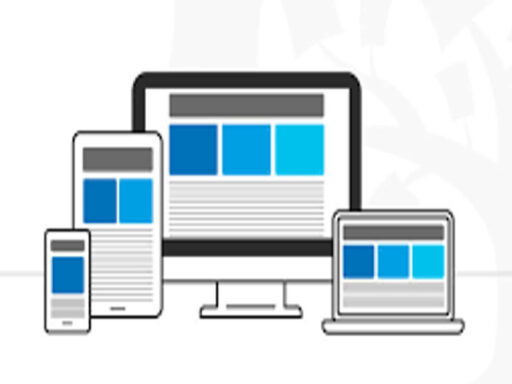Introduction: In the ever-evolving landscape of digital media, the synergy between graphic and web design plays a pivotal role in shaping user experiences. From captivating visuals to seamless navigation, the fusion of these two disciplines forms the cornerstone of effective digital communication. This article delves into the intricate relationship between graphic and web design, exploring how their convergence paves the way for immersive and engaging online experiences.
Understanding Graphic Design: Graphic design is the art of visual communication, where designers leverage typography, imagery, color, and layout to convey messages and evoke emotions. Whether it’s a logo, brochure, or advertisement, graphic design serves as the visual identity of a brand or concept. Through careful consideration of aesthetics and functionality, graphic designers create visuals that resonate with their target audience and communicate the intended message effectively.
Exploring Web Design: Web design, on the other hand, focuses on the creation of websites and digital interfaces. It encompasses various elements such as layout, navigation, user interaction, and responsiveness across different devices. Web designers not only strive for aesthetic appeal but also prioritize usability and accessibility, ensuring that users can navigate through the site effortlessly and find the information they need without friction.
The Convergence: In today’s digital era, the boundaries between graphic and web design have become increasingly blurred. Websites are no longer static pages but dynamic platforms that demand visually compelling and interactive content. As a result, graphic designers are required to adapt their skills to the digital realm, incorporating elements of web design such as user interface (UI) and user experience (UX) principles into their work.
Similarly, web designers must possess a keen eye for aesthetics and branding to create visually engaging interfaces that align with the overall graphic identity of a brand. The collaboration between graphic and web designers is essential in ensuring consistency across all digital touchpoints, from websites and mobile apps to social media platforms.
Key Principles of Integration:
- Consistent Branding: Graphic elements such as logos, color schemes, and typography should be seamlessly integrated into web design to maintain brand identity and foster recognition.
- Visual Hierarchy: By applying principles of graphic design, web designers can establish a clear visual hierarchy that guides users’ attention and enhances readability.
- Responsive Design: Ensuring that websites are optimized for various devices requires collaboration between graphic and web designers to maintain visual coherence across different screen sizes and resolutions.
- Interactive Elements: Incorporating animations, transitions, and interactive features enriches the user experience, blending graphic design aesthetics with intuitive web interfaces.
Case Studies:
- Nike: The sportswear giant exemplifies the seamless integration of graphic and web design, with visually striking imagery and interactive elements that reflect the brand’s dynamic ethos.
- Apple: Known for its minimalist design approach, Apple’s website combines elegant graphics with intuitive navigation, creating a cohesive digital experience that mirrors its product design philosophy.
Conclusion: The intersection of graphic and web design is where artistry meets functionality, where aesthetics merge with usability to create memorable digital experiences. By embracing the collaborative nature of these disciplines, designers can elevate their craft and captivate audiences in the ever-expanding digital landscape. As technology continues to evolve, the symbiotic relationship between graphic and web design will remain at the forefront of innovation, shaping the future of digital communication.






